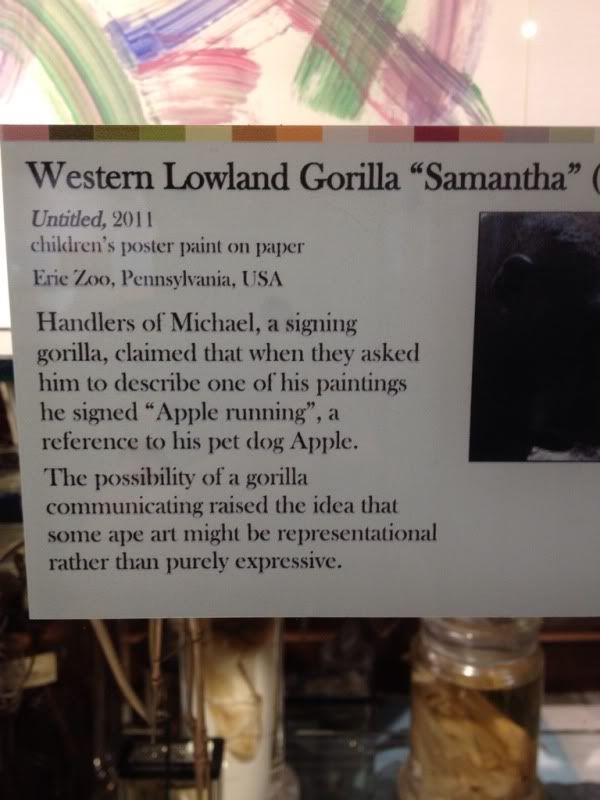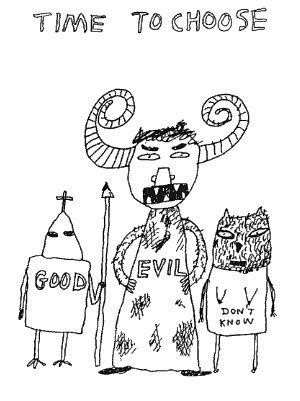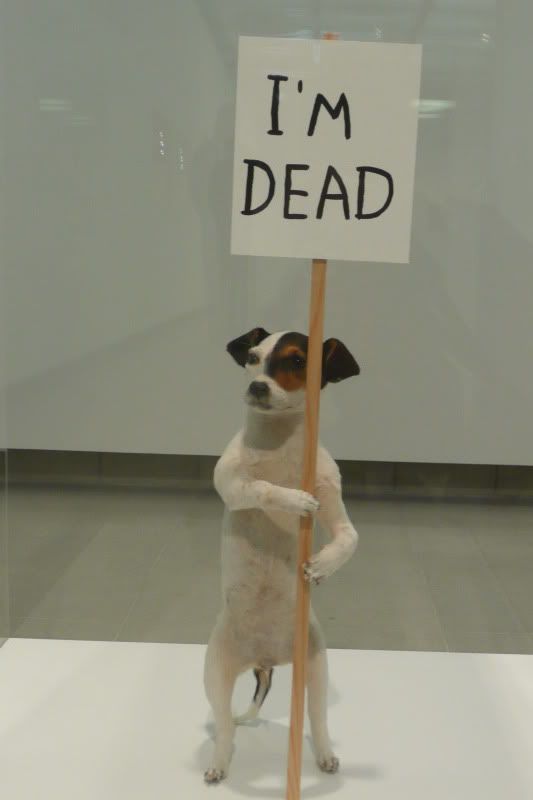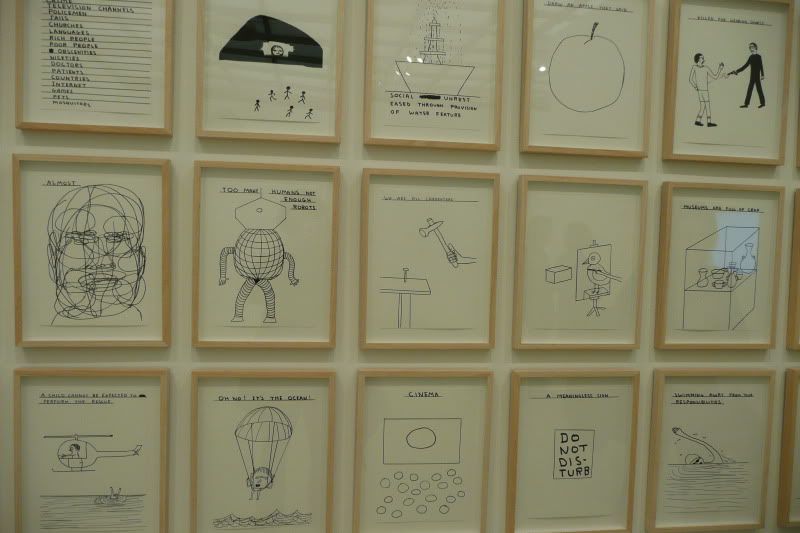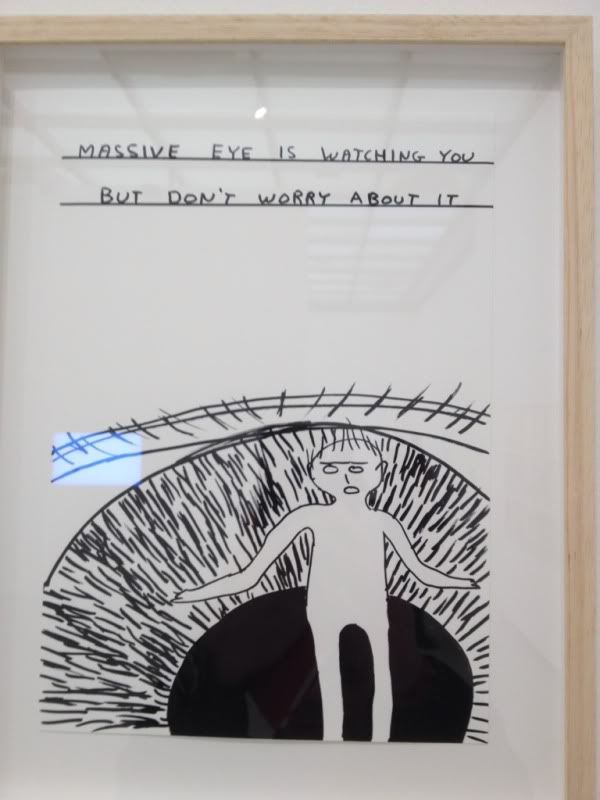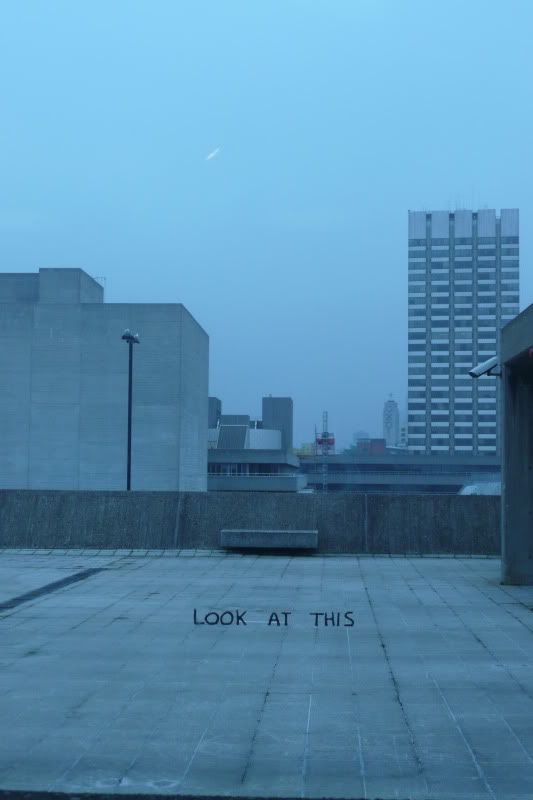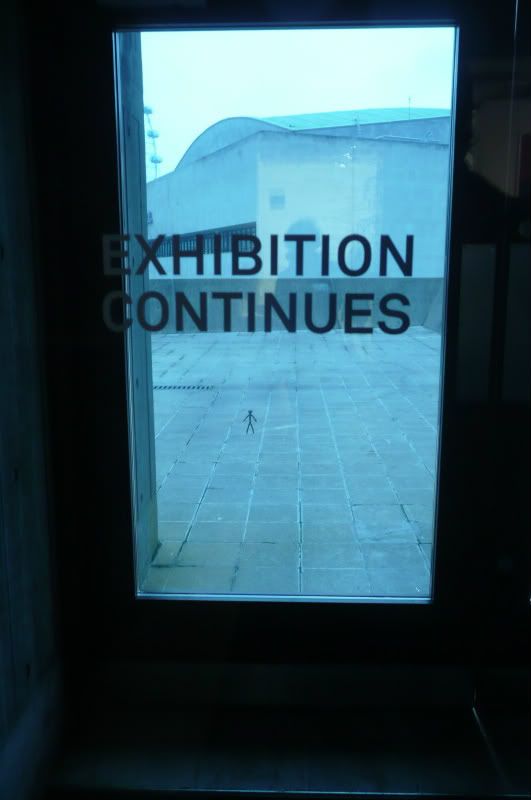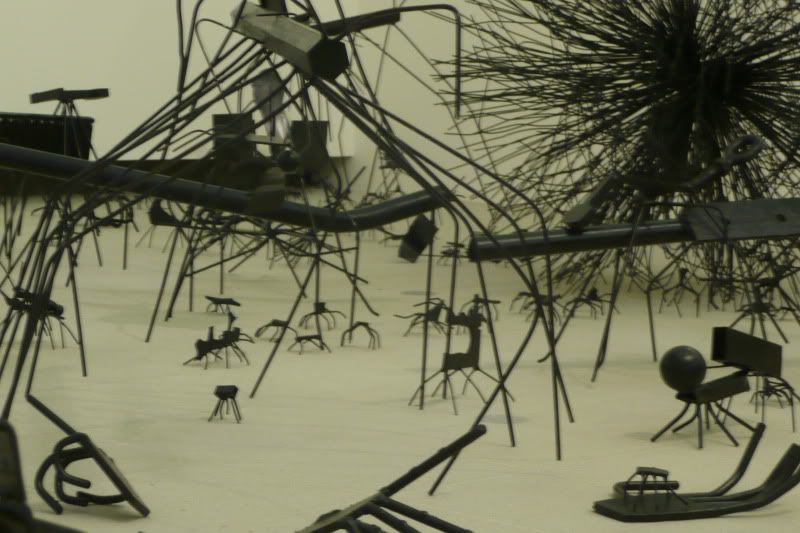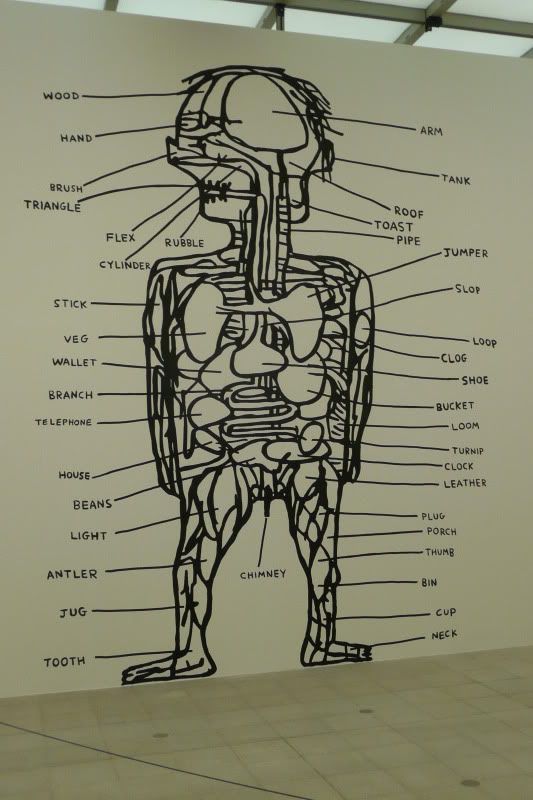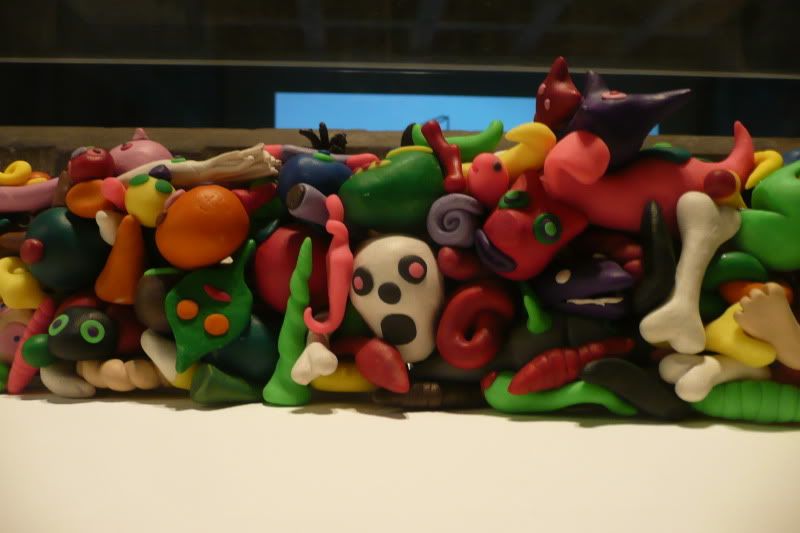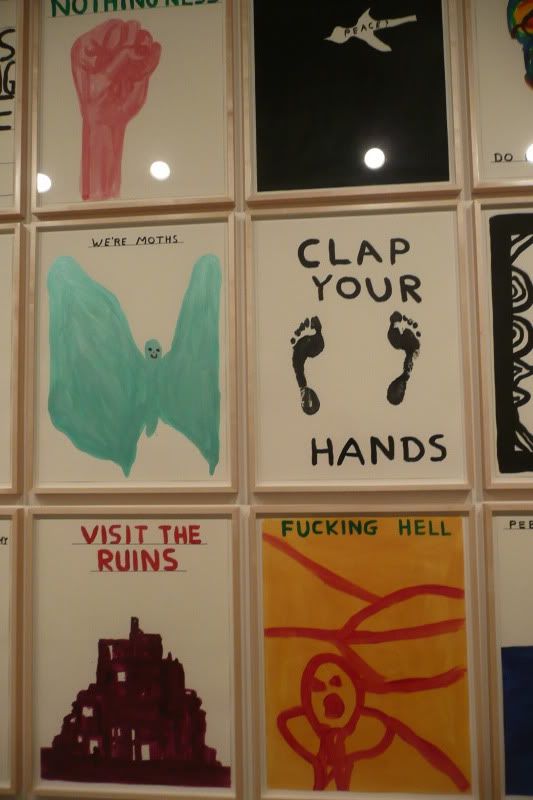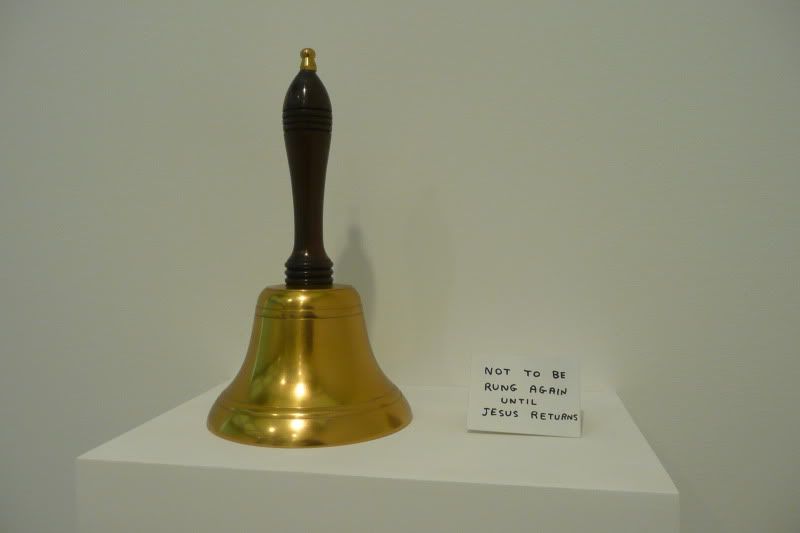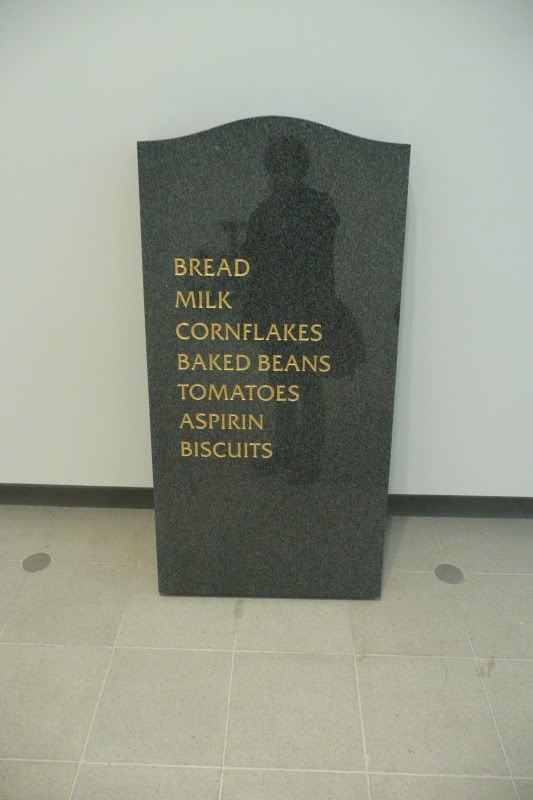As a keen amateur dabbler in the short story area and having stumbled over the corpses of several fizzled out novels, advice that is often lobbed in your general direction is to Read, Read, Read… read other authors, let other authors amazing skills ooze into your pores and by osmosis you will be at least enthused if not influenced to write better.
Sod that. Much as I like fiction, what I usually end up reading is narrative history. I respect writers in this area because they combine both;
1) The painstaking effort in the meticulous research required to build their book, balanced with-
2) Being actually able to write, be compelling, tell a story, without actually making it up or losing the determination to get to the end of the project.
These are two very different skills, they almost pull at each other, opposing forces, so if an author can achieve both, seemingly effortlessly, then this makes for a good book.
And Tom Holland really hits the spot in both areas. I’ve read approximately 2.9(!) of his books so far (I’m just coming to the end of Millennium) and I have to say all three books are excellent, the others being Persian Fire and Rubicon. There’s a fourth on the way too.

My well thumbed copies of Tom Holland’s books. Guaranteed to make you appear to be erudite and wise when visitors appear and you lean against the bookshelf they are housed in, your other hand ruminatively holding the pipe you are slowly puffing on.
To keep you on your toes, he also inserts a little fact or reference to make you smirk along the journey, to perk you up, some humour to go along with the hardships, glory and despair of the realities of conquest and war. Stuffier authors might consider these facts unnecessary or lacking in historical worth, but for me, they paint a picture. Of what the goss’ was back in the day. Of what people were saying, this is just as important as the actual facts to me, to get to grips with the psychology and motivations of the protagonists, their contemporaries and enemies.
Examples, from memory, Greeks looking down on the Persians as effeminate as they wore “trousers”.
Or where he cites (in Millennium) one of the stories of how Sweyn Forkbeard assassinated his own father Harold Bluetooth to take the Danish crown, through shooting him “square between the buttocks with an arrow” as his old man was “squatted down behind a bush for the purpose of emptying his bowels”. Which may or may not have been the way it actually happened, but brilliantly enlightening that someone saw fit to spread this rumour about back then!
To someone who had a wholly vocational education from the age of 13, who is only catching up on the arts and history I would have thoroughly enjoyed as a kid, it’s also educational without being patronising. There’s a childlike wonder when I consider the origins of words. Like “ostracised” coming from the Greek “ostraka” meaning the broken pieces of pottery on which voting Athenians would scratch the name of their choice for expulsion from Athens, a kind of inverted voting system, which clearly the classically astute producers of “Big Brother” studied deeply in the development of their TV programme :)
Or as covered in Rubicon, “decimation”, the ugly way the Roman’s would punish a failing army, by randomly picking every tenth man and having him executed in front of his comrades. How terrifying. And how this possibly could lead to a rally in their morale or improvement in their fighting ability I have no idea. But this is another thing Holland expertly points out. How people thought in that period was significantly different to how we think now. Modern morality is built upon an Abrahamic foundation, whether you are religious or not. The Romans, Greeks and Persians seemed unencumbered by such “trivialities” as compassion or forgiveness. Sure, they loved and they grieved, but their motivations were different to ours, as Holland himself states in the preface of Rubicon:
The Romans, it goes without saying, existed under circumstances – physical, emotional, intellectual – profoundly different from our own. What strikes us as recognisable about aspects of their civilisation may be so – but not always. Often, in fact, the Romans can be strangest when they appear most familiar. A poet mourning the cruelty of his mistress, or a father his dead daughter, these may seem to speak to us directly of something permanent in human nature, and yet how alien, how utterly alien a Roman’s assumptions about sexual relations, or family life, would appear to us. So too the values that gave breath to the Republic itself, the desires of its citizens, the rituals and codes of their behaviour. Understand these and much that strikes us as abhorrent about the Romans, actions which to our way of thinking are self-evidently crimes can be, if not forgiven, then at least better understood. The spilling of blood in an arena, the obliteration of a great city, the conquest of the world – these, to the Roman way of thinking, might be regarded as glorious accomplishments. Only by seeing why can we hope to fathom the Republic itself.
In that vein, my favourite of his books, Persian Fire, explored the vast differences between modern and ancient peoples, but also the vast differences between Greeks and Persians, and finally the vast differences, the bickering in-fighting and wars between the Greek speaking peoples themselves. A Spartan was as different to an Athenian as he would be to a Persian. There seemed to be a deep mistrust.
The words “Laconic” and “Spartan”, in popular use today, stem from the behaviours of the residents of Laconia, of Sparta, built for war, with their economy of words, unsympathetic to weakness, to their own children, wearing nothing more fancy that a red cloak wrapped round their shoulders (when they earned the fighting right). A red cloak, a symbol of athletic power, of skill in battle, that struck fear in kingdoms and city states from near and far. I’m generalising, but diplomacy wasn’t something they considered worthwhile investing in. They were insular and warlike.
The Athenians on the other hand, seemed duplicitous, full of intrigue, making bargains and deals, loving a bit of old chit-chat, philosophising and speculating. This “democracy” they had invented seemed alien to all outsiders that would witness it. Dangerous, worthy of being crushed in case it caught on (of course it was only elite men who got the vote). After all, a hero could become a villain overnight and be cast from Athens, based on some tenuous slight or perceived mistake. Shockingly, even Themistocles ended up ostracised, that hero of the Persian wars with his “wooden walls”. But being a fickle Greek, he ended up working for the Persians as a special advisor on Greek matters. Being of Hellenic stock myself, I can picture him being flattered by the interest, coyly turning his bull neck, a one time enemy becoming a trusted confidante. I hate to use this analogy, but I will anyway :) … Like football managers in the modern era, you were only good as your last result in ancient Athens.
And the Persians, with their splendour, their armies from all of their nations, the real Empire of the day, gigantic compared to the flea that was Greece on the fringes of their borders, nipping at the thick golden hide of the ever hungry Persian beast. Persia’s seemingly benevolent King, making nothing more than a demand of “earth and water” (in the form of gold levies and soldiers) from the nations he conquered, letting them maintain they culture and ways of life as long as they maintained a loyalty to him. They absorbed the interesting aspects of the conquered cultures rather than destroying them, but were happy to destroy if the subjugated nation ended up too meddlesome. The Persians had seemingly been delivered a disservice by the crowing Greek chroniclers in the aftermath of their setback at Thermopylae and defeat at Platea, dismissing them as barbarians but Holland gives them an even handed assessment. It’s interesting in a modern context, had the Persian’s conquered Greece, would modern people be looking at Democracy as some quaint old folly, long since disposed in the dustbin of antiquity? And in the context of fledging democracies today, is it better to live safely and with relative wealth under a tyrant, on the understanding that you give complete subservience and don’t have an opinion. Or do you opt for the dangers of the chaos and danger that comes with that fledgling democracy? I wouldn’t be so arrogant as to make any assumption as to what hardships the people of Iraq or Libya (and even the poor and unemployed within the old Soviet states) are going through now or when they lived under dictatorship, or what decision they would make if given the choice to go back to what they had. But it leads to an interesting consideration.
I have very fond memories of Persian Fire as I read it on my honeymoon, which I shared not just with my wife, but with Themistocles, Leonidas, Cyrus, Darius, the Oracle at Delphi, Xerxes, the enslaved Helot underclass and the horsemen of the Medes. As I read it, on our hillside cottage in St Lucia, I’d occasionally take a sip of some cocktail, or watch a hummingbird flit around the lush flowers. It was a beautiful week.
Holland gives a history of Sparta, Athens and Persia, sets the scene. It’s a quite amazing story, considering the majority of Greek states chose to (seemingly wisely) side with Xerxes and his gigantic army. And yet, two distrustful, diametrically opposed Greek states, sharing only a language, Gods and heritage, formed an alliance with a clutch of other Greek cities, to defend or be crushed against their common enemy. Luck played its part, but from a historical context, it seems almost miraculous that these small armies and navies (Athens had no real maritime history at that point but made a huge investment to train and create one based on the Oracle’s “wooden walls” advice and Themistocles belligerence) could defeat the power house that was Persia.
I have to say, it’s one of my favourite books, fiction or non-fiction.
My final point is that this probably isn’t one of my better blogs, it’s a bit stilted. It’s because I’m having to research and quote and try to avoid naive conjecture which means it doesn’t flow very well. It just shows, even with the books sitting in front of me, I’m just not very good at detail *and* entertainment. I don’t think I could write narrative history without resorting to embellishment (I even did it with Themistocles making flirty eyes at the Persian’s above!), outrageous lies, or losing all faith and giving up.
Tom Holland however, is an expert, so really, you should go and buy his books and take my word for it :)

 image from bbc website
image from bbc website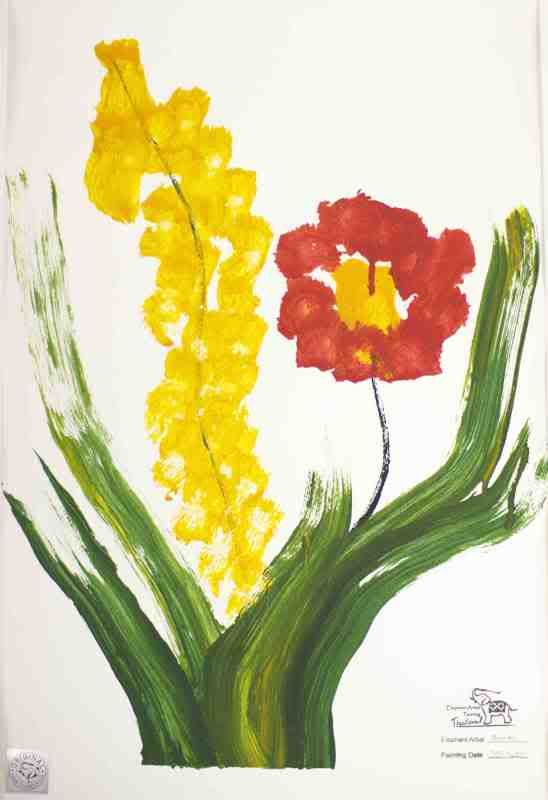 (painting by Boom Mee)
(painting by Boom Mee)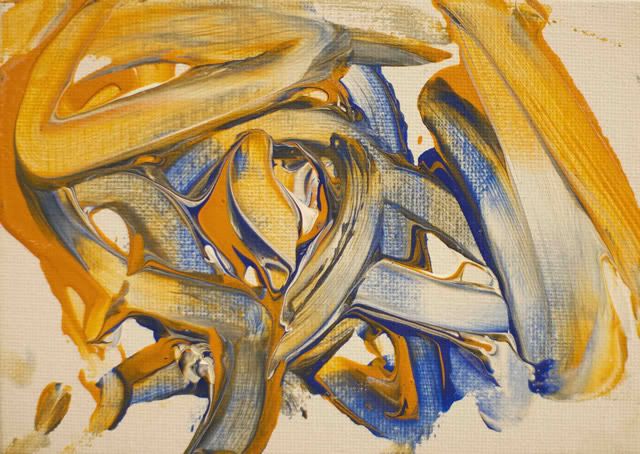 (by Bakhari)
(by Bakhari)
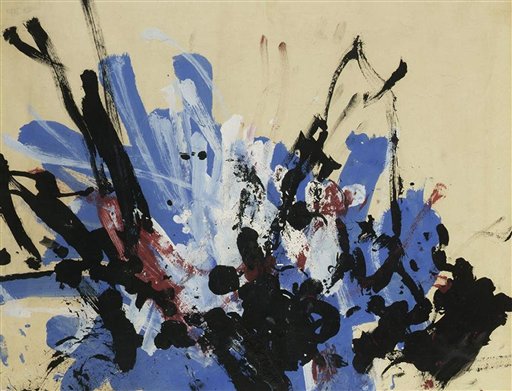 (wikipedia image)
(wikipedia image)